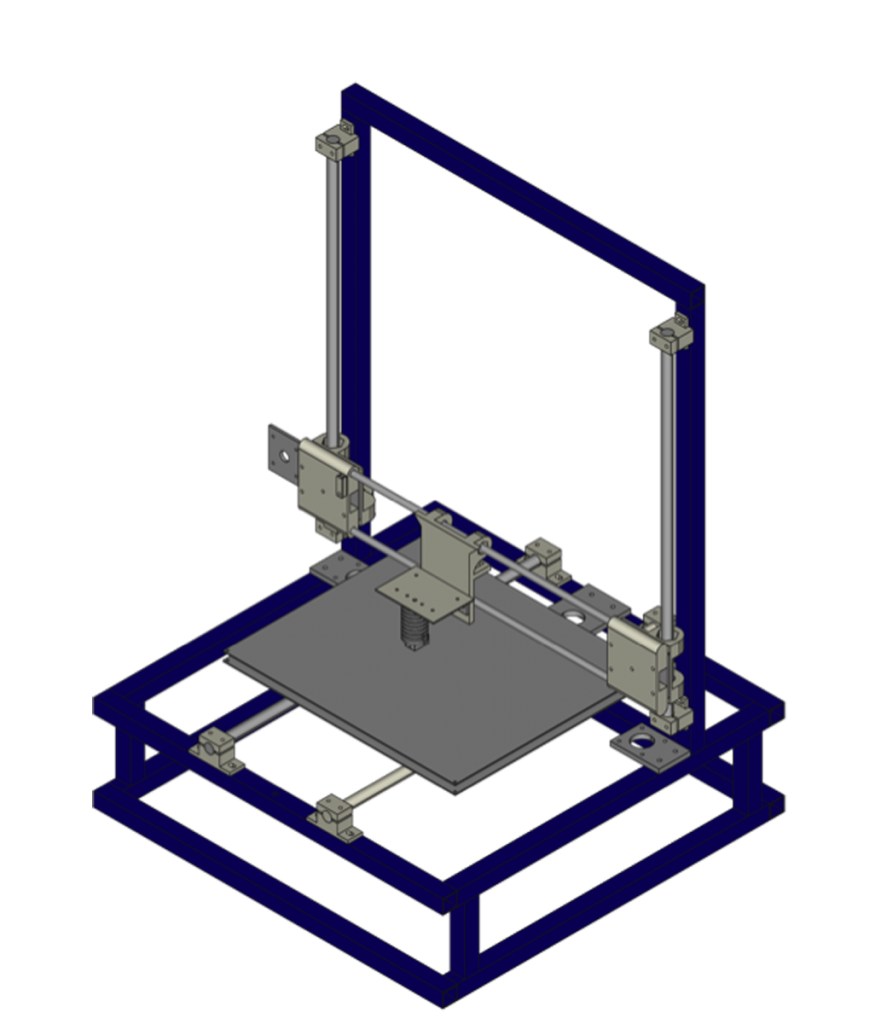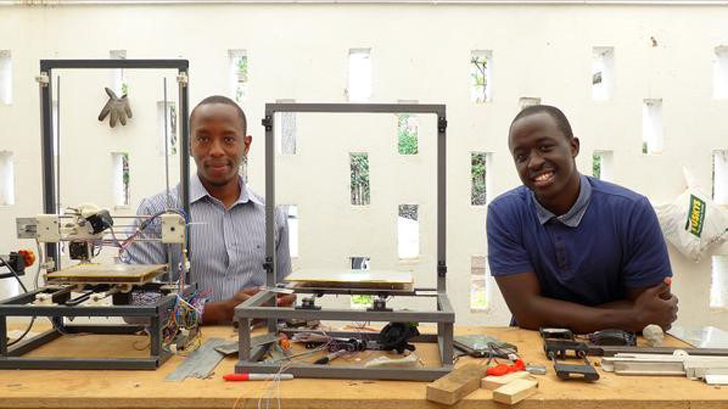UK-based non-profit organization techfortrade and their Technical Director, Matthew Rogge, are teaming up with the open source hardware community at Wevolver on a new project that is turning one man’s e-trash into another country’s 3D printer. Rogge, who is using Wevolver as a platform to host and document the project, is aiming to create a software with the ability to take the abundant electronic waste that society has created and piece together a functional 3D printer for underserved communities around the world. The software, called RETR3D, is able to create a functional 3D printer out of mismatched e-waste parts that would otherwise be forgotten in a distant landfill. Partnered with organizations such as AB3D (Kenya-based) and STIC (Tanzania-based), the RETR3D project aims to give these underdeveloped communities an opportunity to become more tech-savvy, and, thus, create jobs through manufacturing with 3D printing technology.

Similar projects have been successfully implemented in underserved countries such as Tanzania, who have built e-waste 3D printers for their community laboratories. But what sets apart Rogge’s RETR3D from other e-waste projects can be explained with a modern take on an ancient Chinese proverb about the difference between giving and teaching a man how to fish. What Rogge and Wevolver are attempting to accomplish goes beyond simply giving a community access to 3D printing technology; they are efficiently teaching these countries how to produce these printers on their own, utilizing locally sourced e-waste parts that would otherwise go unused in a landfill. Rogge believes that techfortrade’s RETR3D printer can become just as vital a part of third-world communities as the mobile phone has in the recent past. I can’t help but agree with Rogge’s assessment, the self-sufficiency of the RETR3D software should become a vital part of the lives of third-world entrepreneurs, who can now utilize their own local e-waste resources to build towards a more promising and technologically modern future.




